After more than 9 days of landslides in Bai Gio tunnel (railway tunnel through Deo Ca) disrupting the North-South railway, construction units have now fixed the problem so that trains can pass through the tunnel.
On the afternoon of April 21, after the freight train successfully tested its load through Bai Gio tunnel (the railway tunnel through Deo Ca Pass) at different speeds, the railway industry officially allowed the trains to move through the tunnel.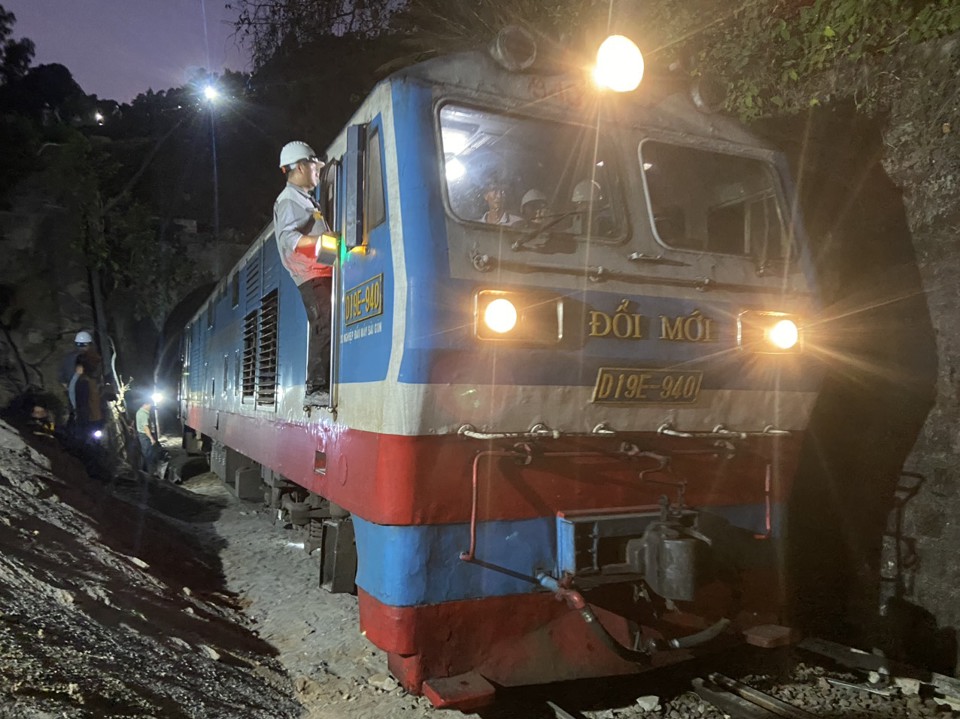
Thus, after more than 9 days of the landslide at Bai Gio tunnel that improved the North-South railway, the entire railway line has now been repaired and reopened.
Mr. Tran Thien Canh - Director of Vietnam Railways Department said that the unit has coordinated with Vietnam Railways Corporation and two provinces of Phu Yen and Khanh Hoa to organize road traffic flow through Deo Ca.
According to Mr. Canh, since the incident, the unit has established a field working group and to date, the basic work has been completed.
"We have processed about 30-31m of concrete and installed 22 anchors to ensure structural stability. Before the official handover, we will conduct a test run of the train at different speeds. The tunnel has been cleared, but the road is still closed to cars because we are checking the safety level when cars travel on the tunnel mouth. It is expected that the National Highway 1 pass will be reopened on April 22," Mr. Canh informed.
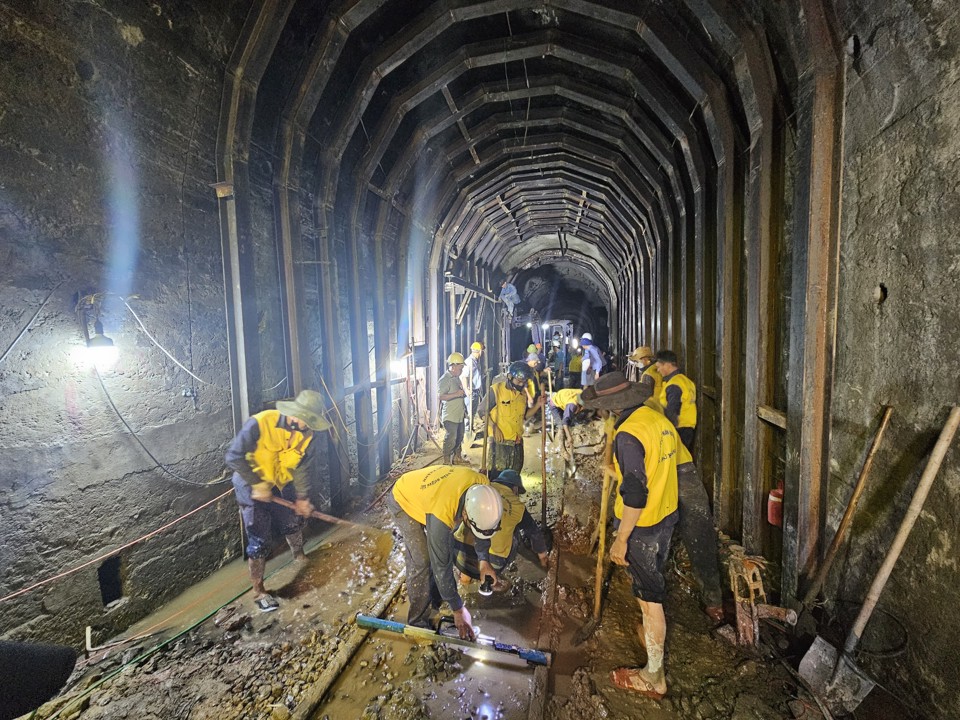
Previously, on April 12, at Bai Gio tunnel on the North-South railway section through Ca Pass (Van Ninh district, Khanh Hoa province), there was a landslide, hundreds of cubic meters of rock and soil filled the tunnel entrance.
To fix the problem, construction units drilled two holes on the top of the mountain and 37 holes inside the tunnel to create anchors and sprayed concrete to fix the tunnel shell.
At the same time, about 250 workers and engineers were mobilized to the construction site, divided into many urgent construction teams to be able to open the tunnel soon. At nearly 5:00 pm on April 21, workers were carrying out the final stages to serve the load test run.
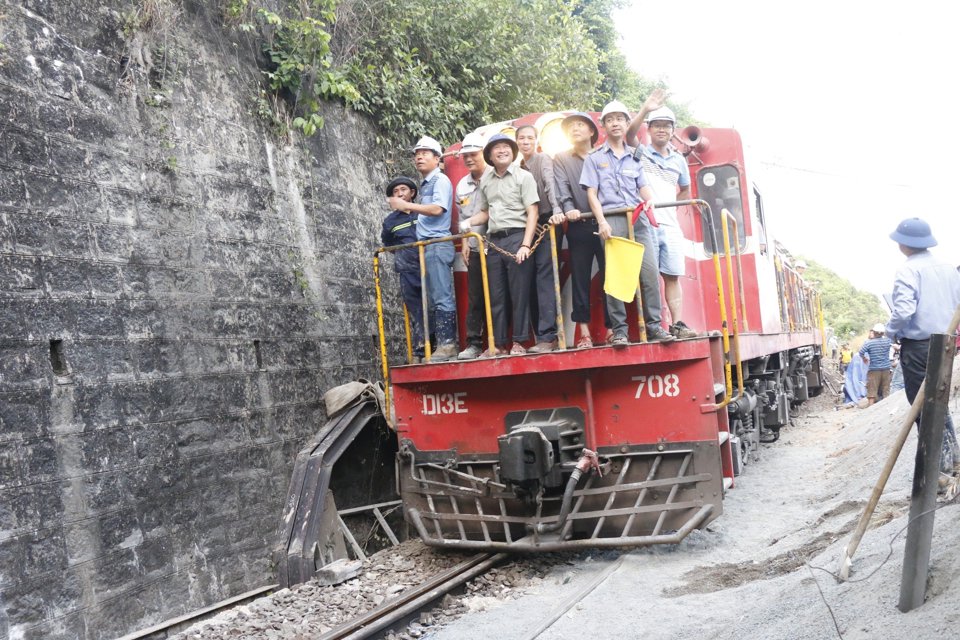
The test train successfully passed through Bai Gio tunnel. (Photo: Trung Nhan)
According to Mr. Tran Viet Tung - Director of Nha Trang Railway Transport Branch, since the incident, the unit has had to transfer 110 passenger trains with about 30,000 passengers from Gia Station (Van Ninh District) to Tuy Hoa Station (Phu Yen Province) and vice versa to continue the journey.
At the same time, every day the railway industry transports 20-22 container trucks from Hoa Huynh station (Ninh Hoa town) to Dieu Tri station (Binh Dinh province) and vice versa with a volume of thousands of tons.
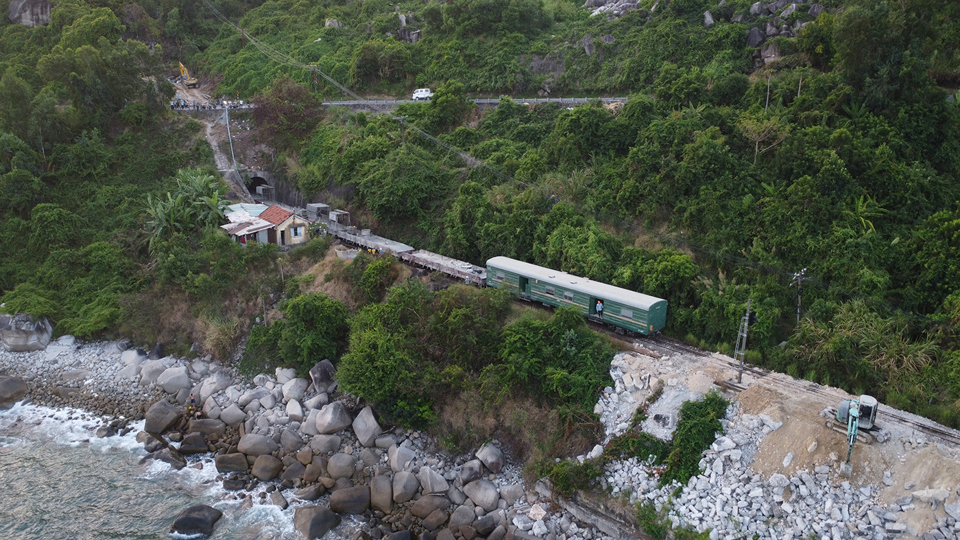
A cargo train tests its load running through Bai Gio tunnel. (Photo: Trung Nhan)
According to the Director of Vietnam Railways, Bai Gio tunnel was built by the French in 1930 and has contained many changes due to the impact of water and the design process.
"The survey cross-section cannot predict all the weak points. The recent incident happened in a position that was not drilled. From there, we learned a lesson and will apply new tunnel lining reinforcement methods to avoid future landslides. We will continue to improve the speed and ensure national safety, continuously check the road geometry as well as the tunnel lining structure and related works, so that all trains can pass at a speed of 15 km/h. Currently, we are considering reinforcing other tunnels along the route," Mr. Canh informed.







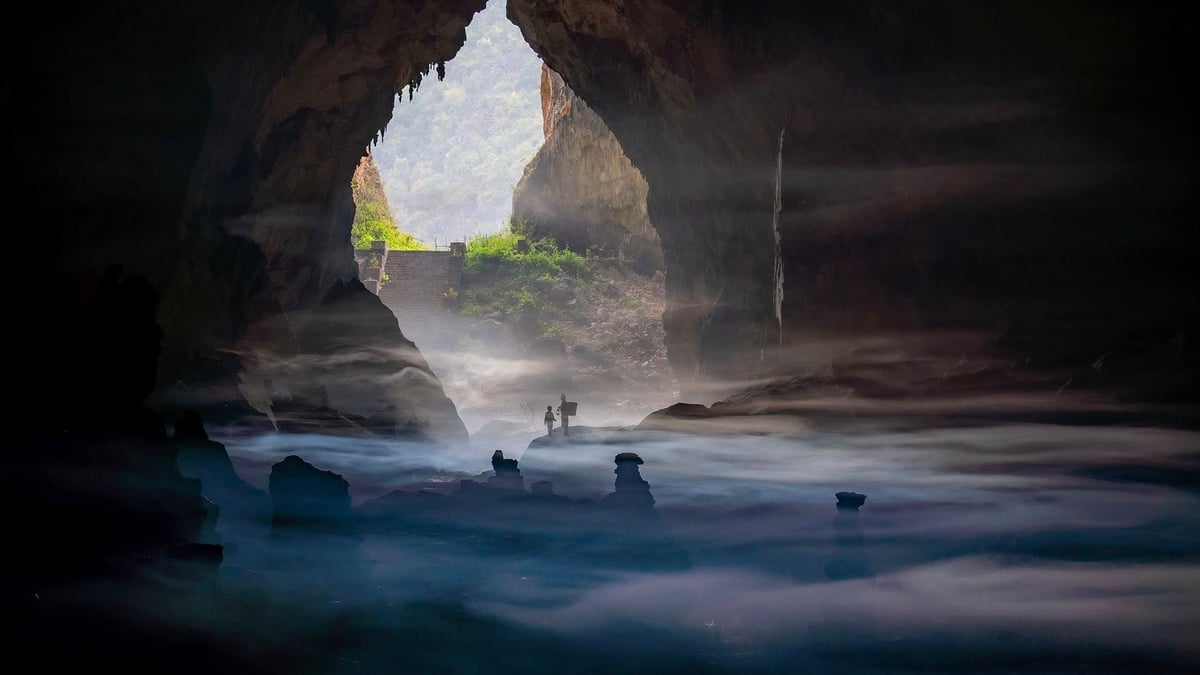
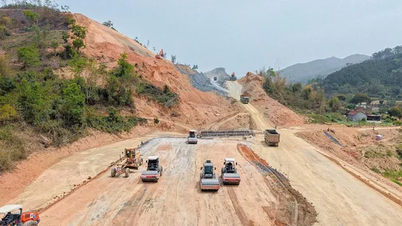





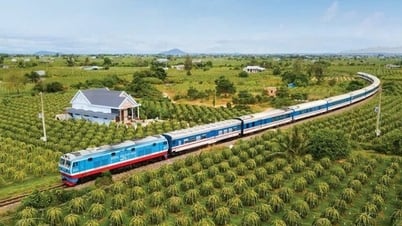
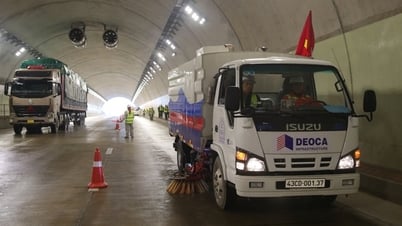
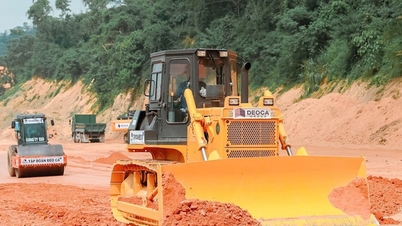















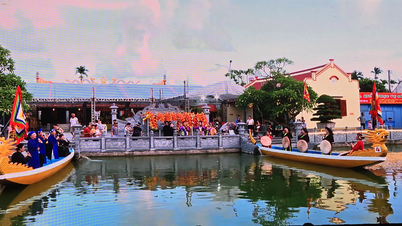







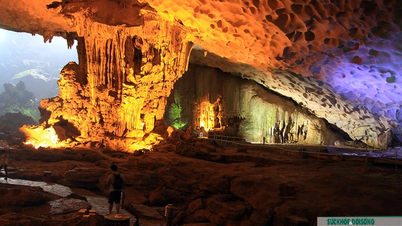

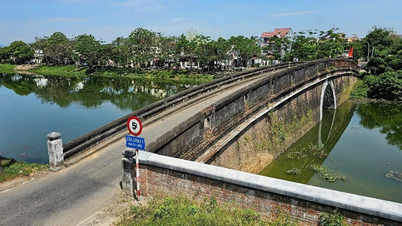
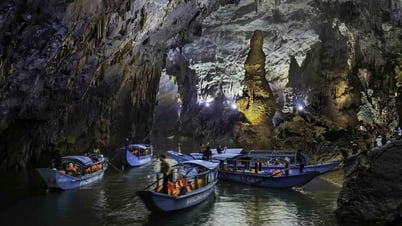
















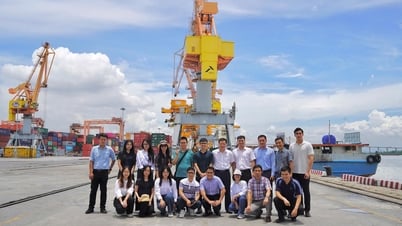



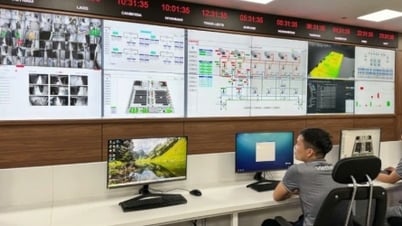














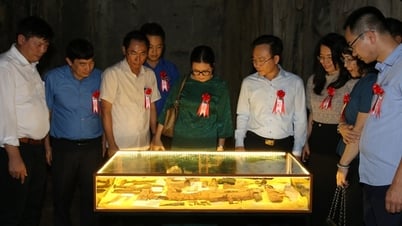








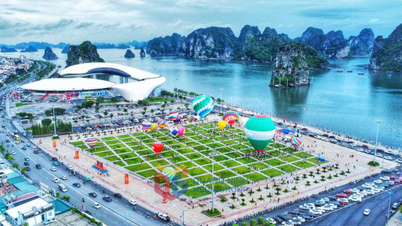

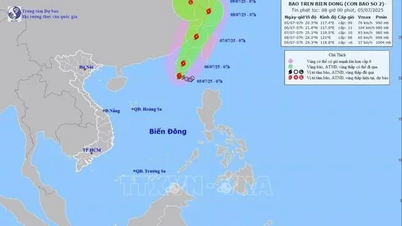

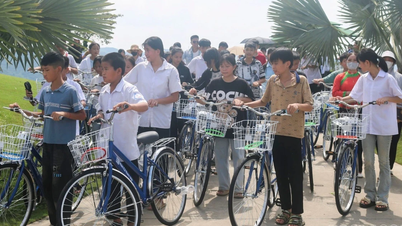





![[OCOP REVIEW] Bay Quyen sticky rice cake: A hometown specialty that has reached new heights thanks to its brand reputation](https://vphoto.vietnam.vn/thumb/402x226/vietnam/resource/IMAGE/2025/7/3/1a7e35c028bf46199ee1ec6b3ba0069e)



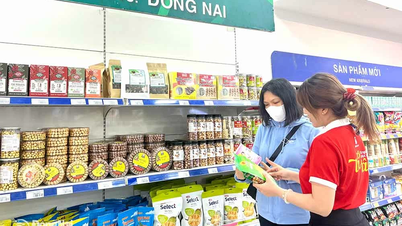


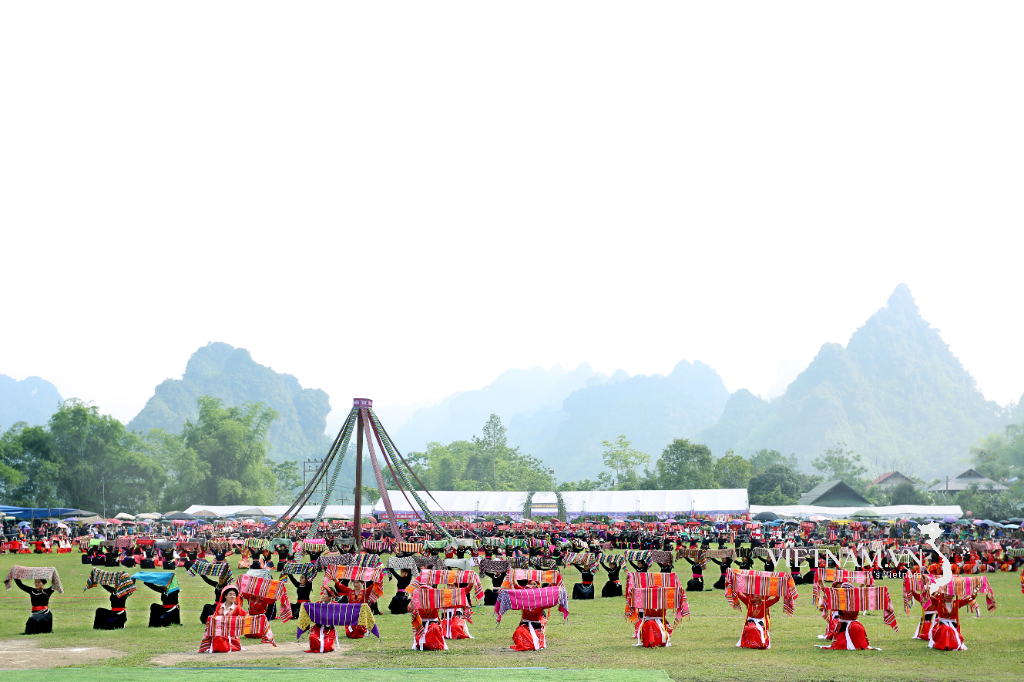


Comment (0)